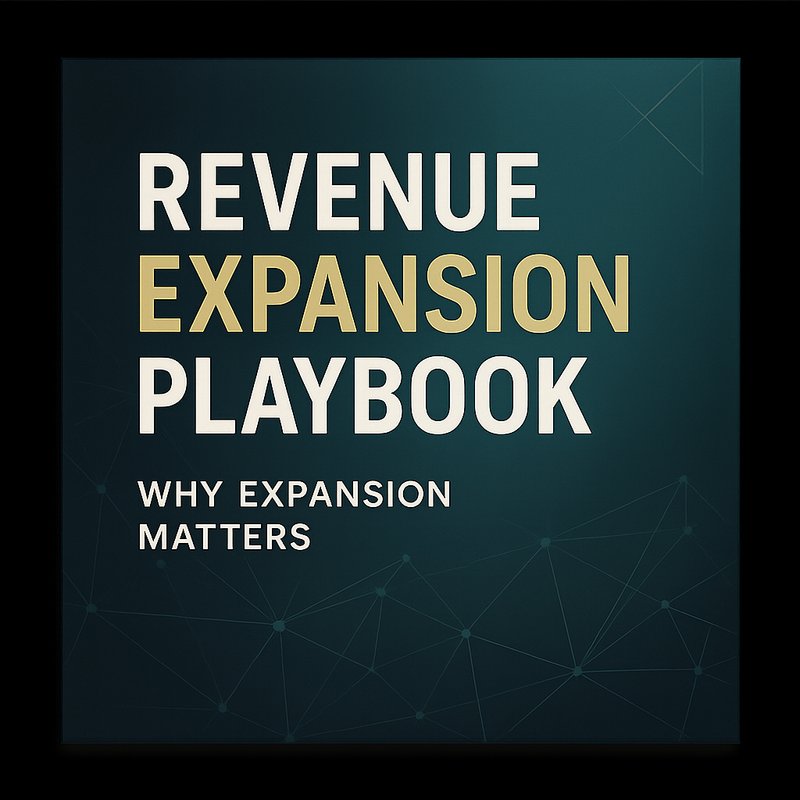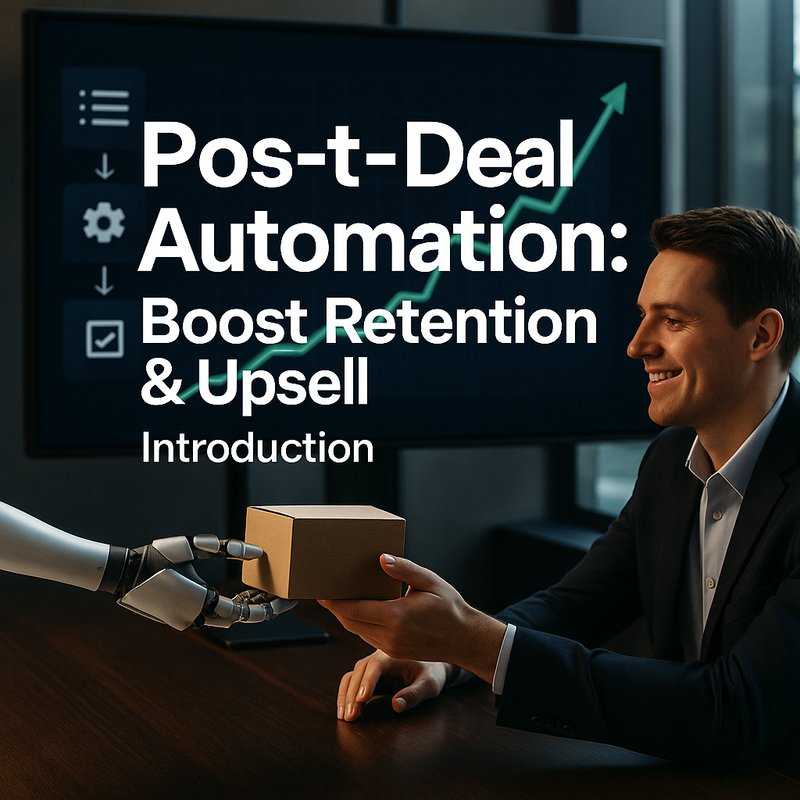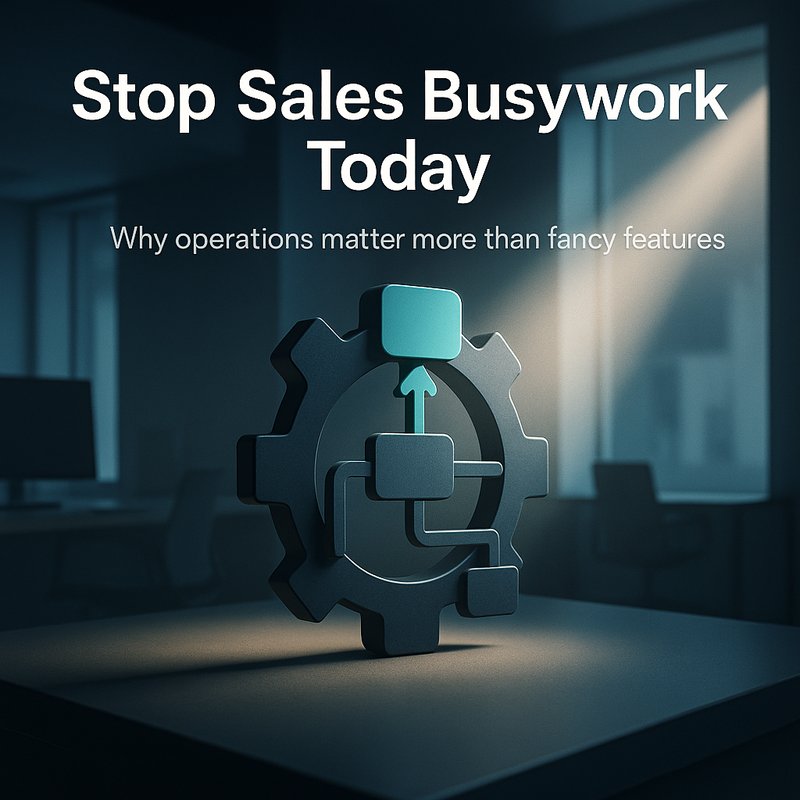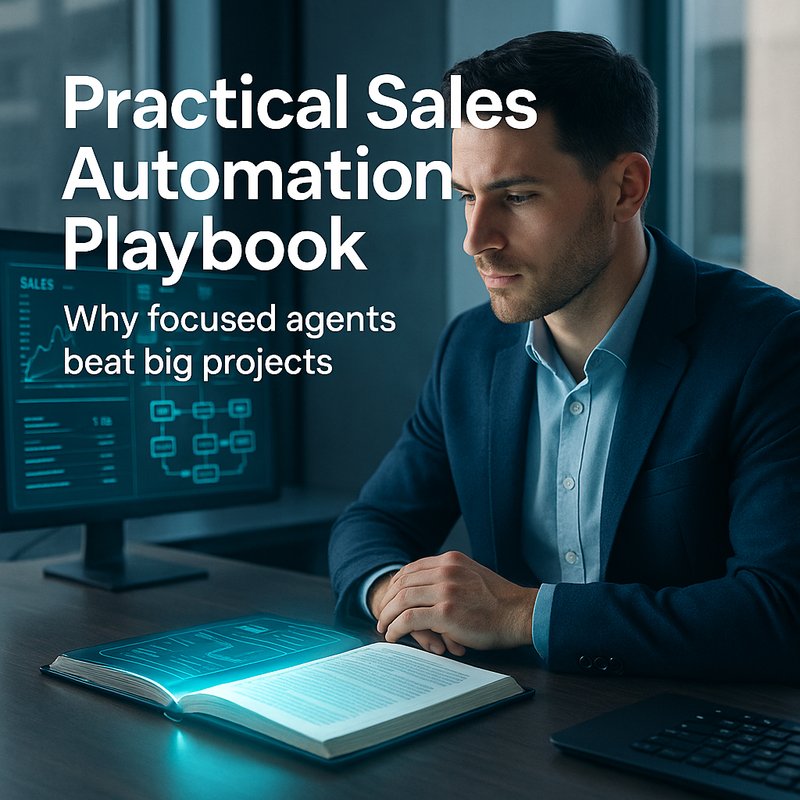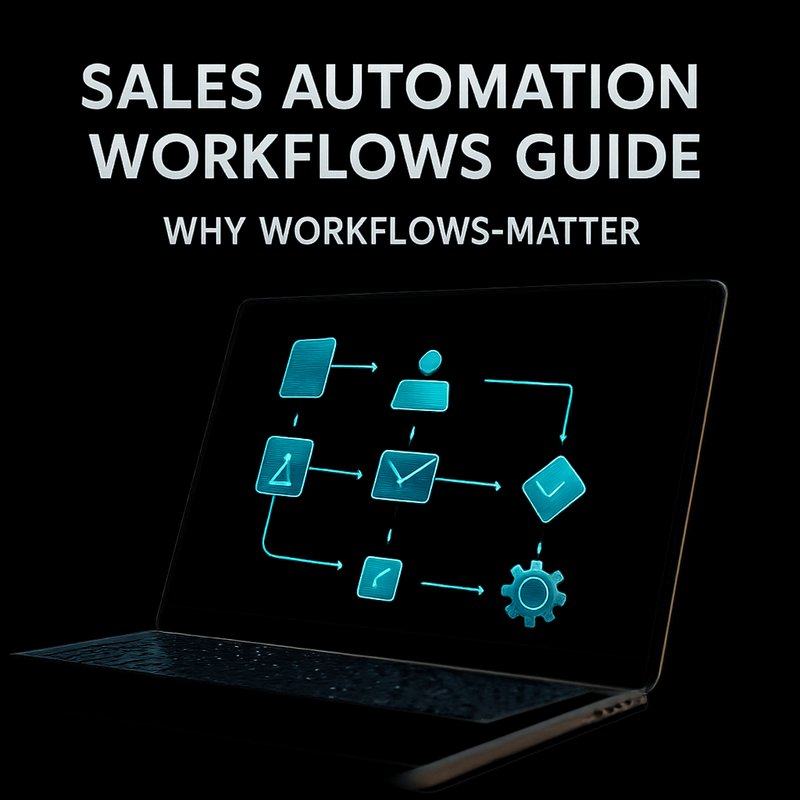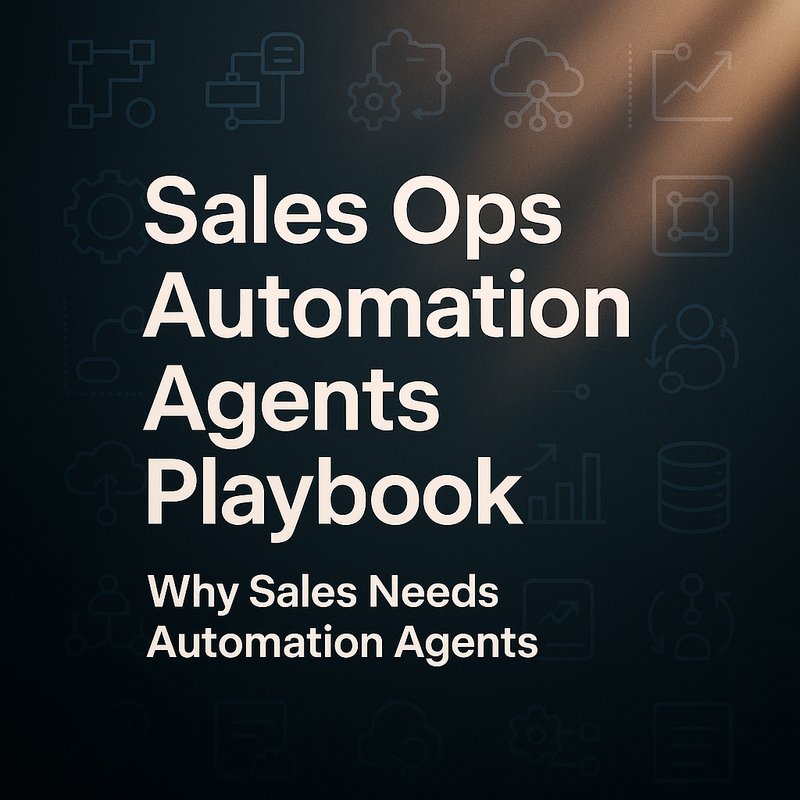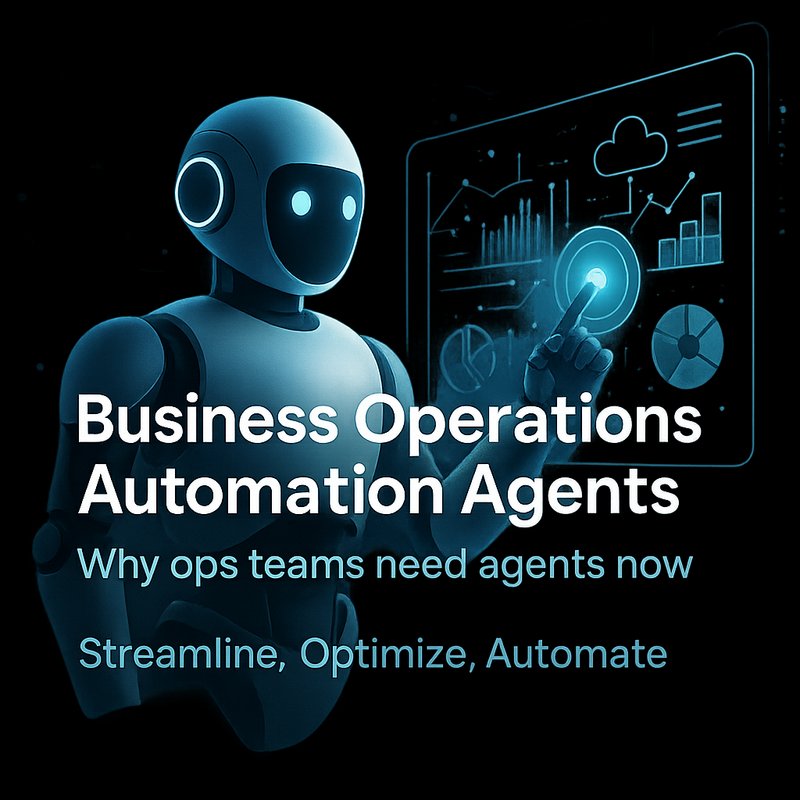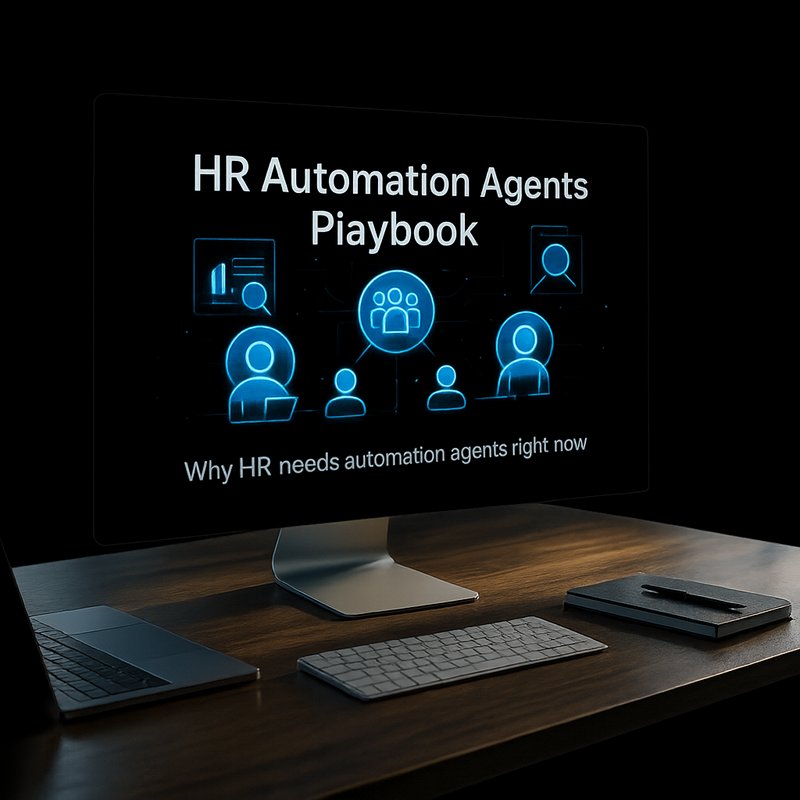Sales teams and operations people spend too much time on tedious cleanup and waiting on data. What if small software teammates handled predictable work like pipeline hygiene, quote prep, forecasting checks, and deal routing? You could spend more time coaching reps, building relationships, and closing the deals that matter.
This guide walks through practical ways to design revenue operations agents that actually help sales and revenue teams. You will get agent roles, integrations, a six week pilot plan, the metrics to watch, real examples, and a plan to keep humans in the loop. No fluff. Real steps.
Why revenue operations needs agent help
These days deals move fast and data is messy. Your CRM is full of stale opportunities, wrong close dates, and bad stages. People waste hours fixing records instead of selling. Typical pain:
- Pipeline is noisy and forecasts are unreliable.
- Quotes and contracts need manual templating and approvals.
- New leads sit untouched because routing rules are inconsistent.
- Commissions and compensation data get out of sync.
- Sales enablement content is hard to find at the right time.
Agents take repetitive tasks off your plate. They do not replace sellers. They keep the pipeline honest, speed up responses, and surface risks early. The catch? Let them act only with clear rules and oversight. Bad automation makes worse. Good automation makes sales faster.
The agent lineup that actually moves revenue
Think roles, not scripts. Each agent has a single responsibility and clear safeguards.
Pipeline Hygiene Agent
Purpose: Keep CRM records clean so forecasts are believable.
What it does:
- Finds opportunities with stale activity or missing fields.
- Suggests updates: set realistic close dates, correct stages, flag likely dead deals.
- Batches small fixes for manager approval, or nudges reps when manual input is needed.
- Logs every change for auditing.
Why it helps: Teams stop trusting guesses and start trusting numbers.
Deal Prep and Quote Agent
Purpose: Reduce time from verbal agreement to signed contract.
What it does:
- Generates quotes from templates with correct pricing and line items.
- Attaches required legal clauses per region and product.
- Routes for approvals when discounts exceed thresholds.
- Sends a tidy proposal link via email or Slack for the buyer.
Why it helps: Faster quotes, fewer errors, shorter sales cycles.
Forecast Quality Agent
Purpose: Make forecasts more useful and less wishful.
What it does:
- Compares opportunity activity (emails, calls, demos, usage) to historical win patterns.
- Flags deals that look optimistic and explains why.
- Produces a weekly forecast report that calls out high confidence deals and risk buckets.
- Simulates scenarios: what happens if X closes or Y slips.
Why it helps: Leadership gets realistic views and can act earlier.
Lead Routing and Triage Agent
Purpose: Get the right lead to the right rep quickly.
What it does:
- Enriches incoming leads with firmographic and behavioral data.
- Routes by territory, product fit, rep capacity, or priority signals.
- Creates follow-up tasks and sequences in the CRM.
- Escalates high intent leads for immediate outreach.
Why it helps: Faster first contact increases conversion. Nobody misses hot leads.
Playbook and Enablement Agent
Purpose: Help reps act fast with context-aware guidance.
What it does:
- Suggests the right pitch, content, and next steps for a deal based on industry, size, and persona.
- Pulls winning email templates, demo scripts, and one-pagers into the rep’s workspace.
- Tracks which playbooks led to wins and updates recommendations.
Why it helps: New reps ramp faster and top reps scale their best moves.
Billing and Commission Agent
Purpose: Keep finance and sales aligned.
What it does:
- Validates invoices against signed contracts.
- Calculates commissions and highlights exceptions.
- Notifies finance of revenue recognition issues.
- Keeps an audit trail for payroll and audits.
Why it helps: Less conflict between finance and sales. Fewer surprises at pay time.
Deal Risk and Churn Signal Agent
Purpose: Spot deals that might fail after close.
What it does:
- Monitors post-sale signals (payment delays, low product usage, bad sentiment).
- Flags accounts for customer success or account managers to intervene.
- Suggests retention actions based on prior wins.
Why it helps: You protect revenue beyond the signature.
How these agents fit into your toolchain
You do not need a single, scary platform. Use a router or integration layer so agents can talk to many apps. Common integrations:
- CRM: Salesforce (https://www.salesforce.com), HubSpot (https://www.hubspot.com)
- Analytics: Google Analytics (https://www.google.com/analytics), Mixpanel
- Communication: Slack, Microsoft Teams, email
- Billing and contracts: Stripe, Chargebee, DocuSign
- Data enrichment: Clearbit, ZoomInfo
- Models and LLMs: OpenAI (https://openai.com), Anthropic (https://anthropic.com)
Pro tip: Start with the data already trusted by sales. Agents are event-driven: when a new lead arrives, when a stage changes, or when a contract is uploaded, agents act.
One more pro tip: keep approvals for money and discounts. Let agents draft, people sign.
A six week pilot plan
Run a tiny pilot that proves value fast. Here is a practical path.
Week 1: Map the flow
- Choose a clear, high-volume problem (lead routing, quote turnaround, or poor forecast accuracy).
- Document current steps, data sources, and pain points.
- Pick success metrics: time to quote, lead response time, forecast accuracy.
Week 2: Connect the essentials
- Integrate CRM and email system and any enrichment API.
- Verify test records flow both ways.

Week 3: Launch Pipeline Hygiene or Lead Routing
- Run the agent in suggestion mode only.
- Let managers approve fixes and track how many suggestions are accepted.
Week 4: Add Deal Prep and Quote Agent
- Wire PDF or DocuSign templates.
- Test approval paths for edge cases like discounts.
Week 5: Add Forecast Quality Agent
- Build weekly forecast reports and compare to baseline.
- Send reports to sales managers and leadership.
Week 6: Measure and expand
- Look at time saved, quote velocity, lead response times, and forecast variance.
- Decide which agent moves to full automation and which stays suggested.
Ship the smallest useful thing. Fix the obvious blockers first.
Metrics to watch
Keep the dashboard simple and tied to revenue impact:
- Lead response time (minutes)
- Time from verbal agreement to quote signed (days)
- Forecast accuracy by quarter
- Opportunity touch count before close
- Win rate by source
- Average deal size and time to close
- Number of manual CRM edits saved per week
- Percentage of quotes with errors
Leading indicators like faster quoting should move lagging numbers like win rate and revenue per rep.
Real examples that make sense
Example 1: High volume inbound sales
A company had hundreds of inbound trials but poor routing. The team built a Lead Routing Agent that enriched leads and routed by product interest and territory. They reduced lead response time from 6 hours to 22 minutes and saw a 15 percent lift in converted meetings.
Example 2: B2B enterprise with slow quoting
An enterprise vendor struggled to get quotes out quickly because legal checks were manual. They implemented a Deal Prep Agent that applied pre-approved clauses, filled pricing tables, and routed exceptions. Quote-to-sign time dropped from 9 days to 48 hours.
Example 3: Forecast sanity
A sales director was tired of optimistic forecasts. The Forecast Quality Agent compared activity signals to historical wins and flagged low-confidence deals. Leadership stopped planning around uncertain revenue and avoided staffing mistakes.
What strikes me about these stories is how small changes add up. Small automations create trust, and trust makes decisions easier.
Prompts, templates, and guardrails
Agents need clear instructions and limits. Here are practical examples.
Prompt for Pipeline Hygiene Agent:
"List CRM opportunities older than 60 days with no activity in 21 days.
For each, suggest one of: update close date to realistic month, change stage to ‘stalled’, or mark as ‘lost’ with reason.
Include activity log lines and confidence level."
Quote approval rule example:
- Auto-approve quotes under $2,000 with no discount.
- Require manager approval for discounts over 10 percent or deals with special clauses.
Logging and audit:
- Every automated edit must record a user tag like ‘agent:PipelineHygiene-v1’ and a reason.
- Provide easy undo for managers.
The catch? Agents learn from noisy data. So validate before expanding automation.
Security, compliance, and privacy
Revenue data is sensitive. Protect it.
- Use encryption in transit and at rest.
- Role-based permissions for agents and humans.
- Audit trails for every automated change.
- Never send PII to third-party models without legal approval.
- Keep data retention policies clear for contracts and revenue records.
If you operate in regulated spaces, get privacy and legal involved early.
Adoption and change management
People resist black boxes. Here is how to get buy-in.
Start with suggestions, not forceful edits.
Show the wins quickly with a dashboard of accepted suggestions.
Include managers in the review loop at first.
Train reps with short videos and simple cheatsheets.
Celebrate time saved and fewer errors.
The reality is that trust builds slowly. Let teams keep control while automation proves itself.
Pitfalls and how to fix them
Problem: Agents mark deals as dead too early.
Fix: Add manual review for any suggestion that would delete or close a deal. Use a grace period.
Problem: Forecast agent spits out confusing reports.
Fix: Provide plain language explanations and one-chart summaries. Show the exact signals used.
Problem: Reps ignore suggestions.
Fix: Show why the agent suggested the change and tie acceptance to simple incentives like leaderboard credit.
Problem: Bad enrichment data leads to wrong routing.
Fix: Backfill and re-run enrichment for a sample of records. Validate with human review.
Tools and models that help
You do not need the fanciest model. Use reliable ones.
- For language tasks like email drafts, try OpenAI (https://openai.com) or Anthropic (https://anthropic.com).
- For CRM and routing, use Salesforce (https://www.salesforce.com) or HubSpot (https://www.hubspot.com).
- For analytics and signals, check Google Analytics (https://www.google.com/analytics) or Mixpanel.
- Use a router or integration layer to connect tools; a router helps avoid brittle point-to-point integrations.
- Use enrichment services like Clearbit for firmographic context.
Treat model outputs as drafts. Always give reps the chance to edit before sending official communications.
Checklist before you go full auto
- Have clean, canonical data sources.
- Limit first automations to non-money workflows or small thresholds.
- Require approvals for discounts and contract terms.
- Keep logs and an easy rollback path.
- Measure impact weekly and publish results.
If you do these, the chances are good that your agents will save hours and improve forecast quality.
Final thoughts
Revenue operations agents are practical helpers, not magic. When you automate the right small tasks, you reduce busy work, tighten forecasting, and let salespeople focus on selling. Start small, keep humans approving the important stuff, and measure the impact. That way your team does less cleanup and more closing.


